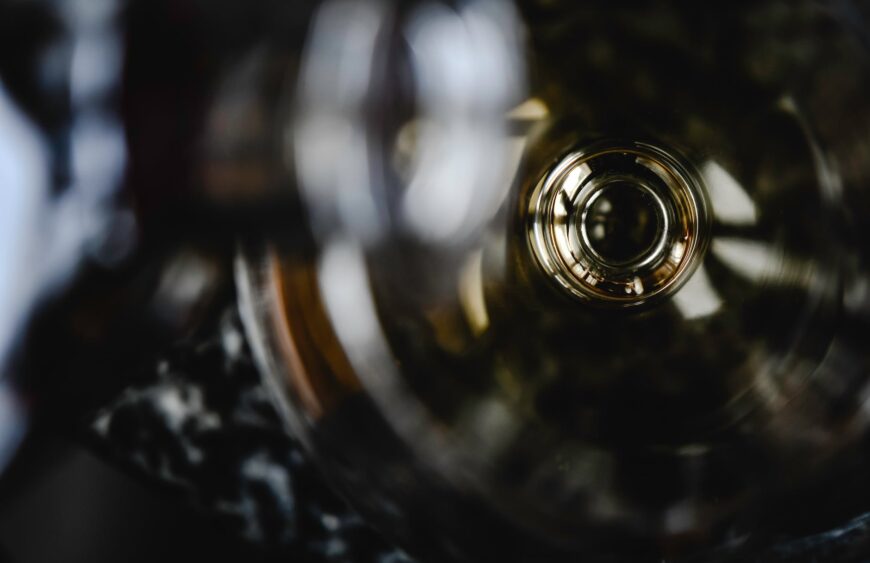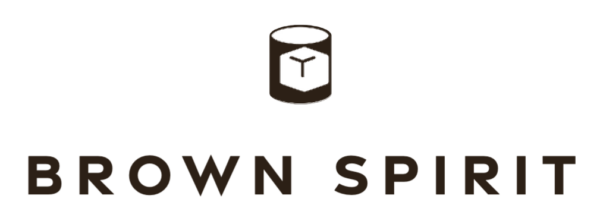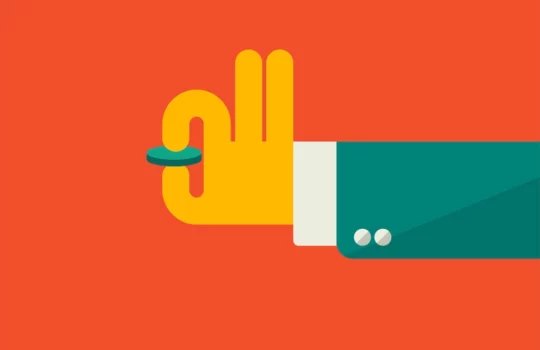Navigating Counterfeit Whisky: How to Spot Fakes, Historic Cases, and Protecting Your Collection

Manage the risk of fake whiskies | Trusted Whisky Broker Switzerland
Whisky, often seen as a symbol of luxury and sophistication, has become a prime target for counterfeiters. The surge in popularity of whisky collecting, coupled with the astronomical prices rare bottles can fetch, has led to a rise in counterfeit whisky. This article delves into how counterfeiters operate, historic cases of fake whisky, and how collectors can protect themselves from being duped.
The Rise of Counterfeit Whisky
As whisky has grown in popularity globally, so too has the prevalence of counterfeit bottles. The market for rare and vintage whiskies has seen record-breaking sales in recent years, with some bottles fetching hundreds of thousands of dollars at auction. For instance, a bottle of Macallan 1926 was sold for £1.5 million (about $1.9 million) in 2019, setting a world record. Such high stakes make whisky an attractive target for fraudsters.
Why Whisky?
- High Value: The rarity and age of certain whiskies can make them worth a fortune. A bottle that originally retailed for a few hundred dollars can appreciate in value exponentially over time, especially if it’s from a defunct distillery or a limited edition.
- Limited Expertise: Unlike art, where expertise is often necessary to determine authenticity, the whisky market has more casual collectors who may not have the same level of knowledge, making it easier for counterfeiters to exploit.
- Lack of Regulation: The whisky market is not as heavily regulated as other luxury goods, such as watches or handbags, which can make it easier for fakes to slip through the cracks.
How Fakers Operate
Counterfeiters use various methods to produce fake whisky, ranging from the crude to the highly sophisticated. Understanding these methods can help collectors and enthusiasts recognize potential fakes.
1. Refilling Genuine Bottles
One of the most common methods involves refilling an authentic bottle with cheaper whisky. The original bottle, label, and packaging are all intact, making this type of counterfeit particularly difficult to detect. The counterfeiter simply reseals the bottle after filling it with an inferior or entirely different spirit.
2. Fake Labels and Packaging
Some counterfeiters go a step further by creating fake labels and packaging. With advances in printing technology, high-quality counterfeit labels can be produced that are nearly indistinguishable from the original. These fakes often target high-end whiskies that are sold without the bottle being opened, such as those purchased at auction or as investments.
3. Vintage Fakes
In some cases, counterfeiters create entirely fake bottles of whisky that purport to be rare, vintage releases. They may use old bottles, recreate historic labels, and even age the glass to make the fake appear more authentic. These fakes are often sold at a high premium, preying on collectors who may be eager to acquire a rare piece of history.
4. Watered-Down Whisky
Another method involves diluting genuine whisky with water to increase the volume and then resealing the bottle. While the whisky may taste authentic at first, experienced drinkers may notice the lack of depth or potency that comes with dilution.
Historic Cases of Counterfeit Whisky
Counterfeit whisky is not a new phenomenon, but as the market for rare whiskies has grown, so too has the scale of the problem. Several historic cases highlight the lengths to which counterfeiters will go and the impact of their activities on the market.
The Consultancy Scandal
In 2017 a consultancy and valuation service for rare whiskies, conducted a comprehensive analysis of 55 vintage Scotch whiskies from various distilleries. The results were shocking: 21 of the 55 bottles were found to be fakes, including bottles that were purported to be from as far back as 1903. This case highlighted the prevalence of counterfeit whisky in the market and the need for more rigorous authentication methods.
The Macallan Fine & Rare Collection
One of the most infamous cases of counterfeit whisky involved Macallan, one of the world’s most prestigious distilleries. In the early 2000s, it was discovered that several bottles in the Macallan Fine & Rare collection, which were believed to be from the 19th century, were actually fakes. The bottles had been sold at auction for thousands of dollars, and the scandal rocked the whisky world, leading to increased scrutiny of vintage bottles.
The Whisky Auction Fraud
In 2018, a collector in Switzerland purchased a 100-year-old bottle of Macallan for £7,600 (about $10,000) from a reputable whisky auction. The buyer later had the whisky tested and discovered it was a counterfeit—an ordinary whisky worth just a fraction of the price. The case underscored the importance of authentication and the risks of buying rare whiskies without verification.
How Whisky Collectors Can Protect Themselves
With counterfeit whisky on the rise, collectors must be vigilant to protect their investments. Here are some steps collectors can take to safeguard against fakes.
1. Buy from Reputable Sources
Purchasing whisky from reputable retailers, auction houses, or directly from distilleries is one of the best ways to avoid counterfeit bottles. These sources often have strict authentication processes and are less likely to deal in fakes. If buying from a secondary market, ensure the seller has a solid reputation and positive reviews.
2. Demand Provenance
Provenance refers to the documented history of a bottle, including its origin, ownership, and storage conditions. A bottle with a well-documented provenance is less likely to be a fake. Collectors should ask for any available documentation, such as original receipts, auction records, or certificates of authenticity.
3. Inspect the Bottle
Careful inspection of the bottle can reveal signs of tampering or forgery. Look for inconsistencies in the label, such as misaligned text, incorrect fonts, or poor-quality printing. Check the seal and cork for signs of resealing, such as glue residue or uneven closure. Additionally, examine the liquid itself—cloudiness, sediment, or an off-color could indicate a fake.
4. Use Authentication Services
There are several services available that specialize in whisky authentication. Companies offer services to authenticate rare and vintage bottles using advanced scientific techniques. Some distilleries also offer authentication services for their older releases.
5. Invest in a Whisky Trust
For those with large collections, investing in a whisky trust or insurance policy can provide peace of mind. These services often include authentication and valuation services, ensuring that the collection is both genuine and properly insured against potential losses.
6. Be Wary of Too-Good-To-Be-True Deals
If a deal seems too good to be true, it probably is. Counterfeiters often target collectors with offers that are significantly below market value, knowing that the allure of a bargain can cloud judgment. Always compare prices with current market values and be cautious of sellers who pressure you to make a quick decision.
Interesting Facts About Counterfeit Whisky
- Prevalence: A 2018 study by a consultancy estimated that up to 10% of all rare whisky circulating in the secondary market could be fake, representing millions of dollars in fraudulent sales annually.
- Technological Advances: New technologies, such as blockchain and DNA tagging, are being explored to combat counterfeit whisky. For example, some companies are experimenting with blockchain to create a tamper-proof record of a whisky’s journey from distillery to bottle.
- Chemical Analysis: Scientists have developed methods to date whisky using radiocarbon dating. This technique can determine the age of the whisky by analyzing the isotopic composition of carbon, which is influenced by nuclear testing in the mid-20th century. This method has already been used to debunk several purportedly “ancient” whiskies as modern fakes.
- Collectibility: Despite the risks of counterfeits, whisky collecting remains a lucrative investment. Rare and limited-edition bottles have seen significant appreciation in value, with some whiskies increasing by 582% over the past decade, according to Knight Frank’s 2021 Luxury Investment Index.
Conclusion
Counterfeit whisky is a growing problem that poses a significant risk to collectors and enthusiasts alike. The methods used by counterfeiters are becoming increasingly sophisticated, making it more challenging to detect fakes. However, by understanding how counterfeiters operate, learning from historic cases, and taking proactive steps to authenticate and protect their purchases, collectors can safeguard their investments.
As the whisky market continues to grow, so too will the need for vigilance. By staying informed and utilizing available resources, collectors can enjoy the rich history and flavors of whisky without falling prey to fraud. Whether you’re a seasoned collector or a new enthusiast, remember that the best defense against counterfeit whisky is knowledge and caution.

